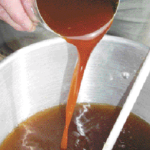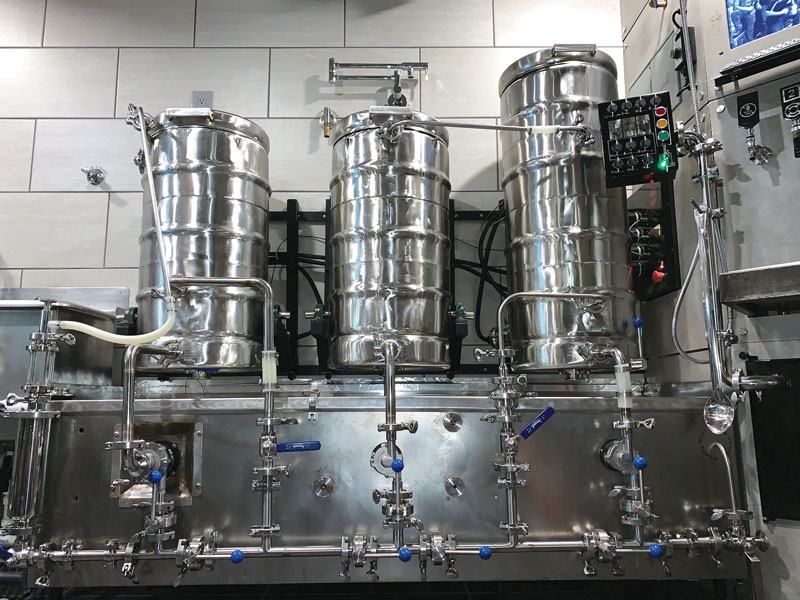Topic: Boiling
Boiling Wort: Tips from the Pros
When it comes to the boil, addition timing of hops and other ingredients is often what gets the most thought. But the boil length itself can have a big impact on the resulting beer as well, as these two experts explain.
Brewing No-Boil NEIPA
Boiling wort is usually a part of the process when producing beer. However, there are historical styles that are made without boiling, and what brewers have learned from these beers is causing some to consider skipping the boil with modern styles, especially hazier styles with low bitterness, such as New England IPA.
Questioning Boil Duration
Thanks for the great question, Darrell! This is not a topic I recall addressing and is certainly a modern brewing topic of interest. Before digging into your specific question about the relation
Beauty In The Boil
Do we need to boil our wort? While the answer is no, there are plenty of advantages. Get the reasoning why.
Sanke Hood Vent
Brewing indoors has long been the goal for many, but when brewing larger batches a proper ventilation system is key. One homebrewer decided to go all-in crafting a hood vent from Sanke kegs that he cut in half and riveted together.
Pre-Boil vs. Post-Boil Water Ion Concentrations
This is a really good question. Water chemistry is discussed in terms of pre-mash concentrations with minimal attention given to the concentration of ions following mashing (and boil). Perhaps the primary reason
How Important is Kettle pH?
Mash pH gets most of the attention when it comes to pH measurement, but there are ideal pH levels at every step of the brewing process and they may get out of
Adding Water to a Boil
Brewers, and those of us brewers who write about brewing, have all sorts of rules of thumb to help guide us through our brewing journeys. Boil time is one such rule. Some
Maximize Partial Boils
If you are an extract brewer, there is a good chance you will hear (if you haven’t already) that you need to be doing full-wort boils (boiling your entire 5-gallon/19-L batch of
Hit Your Post-Boil Volume
Looking for some helpful advice on finding the sweet spot on your wort volume after the boil? We’ve got some advice.
Boiling & Cooling
Homebrewers employ a variety of equipment to boil their worts, ranging from pots on a kitchen stovetop to modified commercial kegs heated by propane burners. Most homebrew setups involve a “simple” kettle
Ramping Up to a Boil
n a very general sense the time required to bring wort to a boil can cause problems when the time is too long. Holding hot wort for extended time periods leads to








